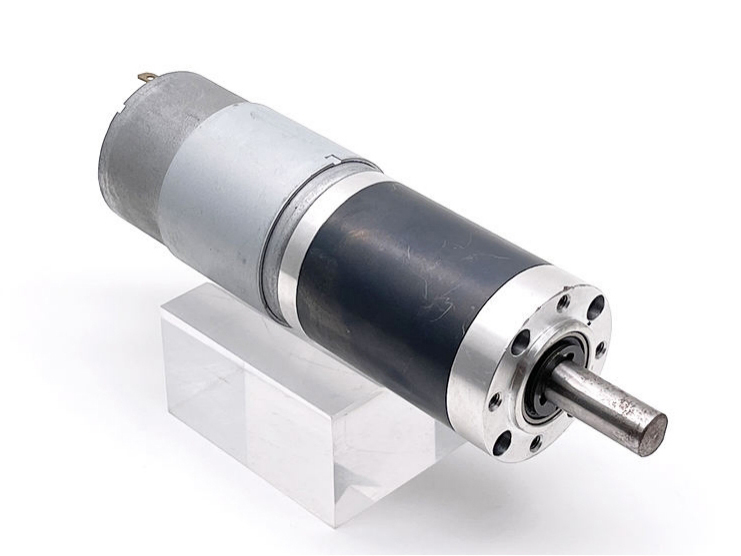The application of DC motors in industrial robots needs to meet some special requirements to ensure that the robot can perform tasks efficiently, accurately and reliably. These special requirements include:
1. High torque and low inertia: When industrial robots perform delicate operations, they require motors to provide high torque to overcome the inertia of the load, while having low inertia to achieve fast response and precise control.
2. High dynamic performance: The operation of industrial robots often requires rapid starting, stopping and changing direction, so the motor must be able to provide rapidly changing torque to meet the needs of dynamic operations.
3. Position and speed control: Robot motors usually require precise position and speed control so that the robot can operate according to a predetermined trajectory and accuracy.
4. High reliability and durability: Industrial environments often put great pressure on motors, so motors need to have high reliability and durability to reduce failure rates and maintenance costs.
5. Compact design: The space of the robot is limited, so the motor needs to have a compact design so that it can be installed in the mechanical structure of the robot.
6. Adapt to various environments: Industrial robots work in different environments and may face harsh conditions such as high temperature, low temperature, humidity, dust, chemicals, etc. The motor needs to have good environmental adaptability.
7. High efficiency and energy saving: In order to reduce operating costs and improve energy efficiency, industrial robot motors need to be as efficient as possible to reduce energy consumption.
8. Braking and synchronization functions: Robot motors may need to have effective braking functions and the ability to operate synchronously in a multi-motor system.
9. Easy-to-integrate interface: The motor should provide an easy-to-integrate interface, such as using standard communication protocols and interfaces, to seamlessly connect with the robot’s control system.
10. Long life and low maintenance: In order to reduce downtime and reduce maintenance costs, motors should have long life and low maintenance requirements.
Motors that meet these special requirements ensure that industrial robots work efficiently, accurately and reliably in a variety of applications.
Post time: Apr-29-2024





